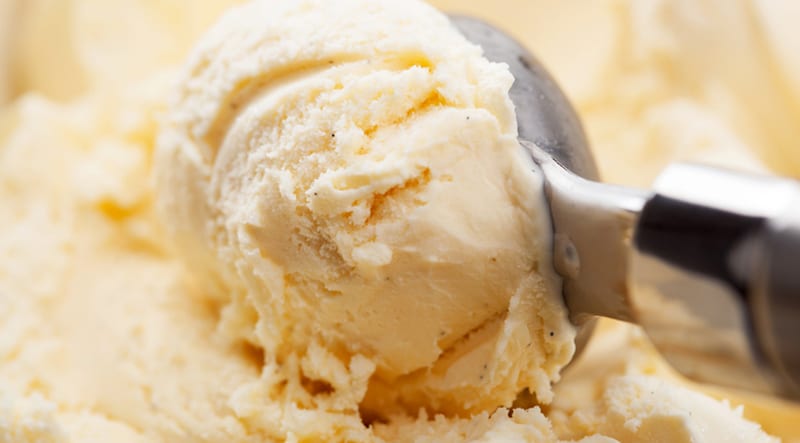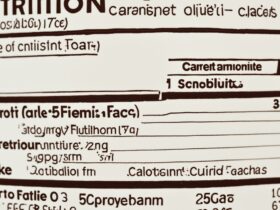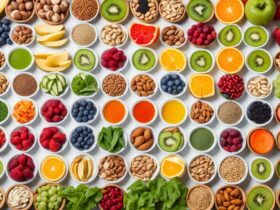Contents
The Origin and History of Vanilla
The story of vanilla begins in Mesoamerica, where the indigenous people cultivated and cherished the vanilla orchid for centuries. The Totonac people of Mexico were the first to cultivate vanilla and believed it to be a divine gift. Later, the Aztecs discovered its alluring flavor and used it in various rituals and beverages, including their famous chocolate drink.Vanilla Varieties
Today, there are different varieties of vanilla available, each with its own unique characteristics. The most widely known and used is the Bourbon vanilla, originating from Madagascar. Other notable varieties include Tahitian vanilla, known for its fruity and floral notes, and Mexican vanilla, which carries a hint of spice.The Process of Cultivating Vanilla
Growing vanilla is a meticulous process that requires patience and expertise. Vanilla orchids are delicate plants that require specific conditions to thrive. Cultivation involves hand-pollination, as the orchids’ natural pollinators are limited. After pollination, the orchids produce long green pods, which are carefully harvested when fully matured.The Journey of Vanilla from Bean to Extract
Once harvested, the vanilla beans undergo a curing process to develop their distinct flavor. This process involves blanching, fermenting, and drying the beans, allowing them to undergo a transformation. Afterward, the beans are sorted, packaged, and often sold as whole beans or used to create vanilla extract, paste, or powder.Culinary Uses of Vanilla
The versatility of vanilla extends to countless culinary applications. Its sweet and comforting flavor enhances both sweet and savory dishes, making it an essential ingredient in many kitchens. Let’s explore some of the ways vanilla is used in various culinary creations.6.1 Vanilla in Baking and Desserts
When it comes to baking, vanilla is a key player in enhancing the flavor of cakes, cookies, pastries, and more. Whether used in its natural form or as an extract, vanilla adds depth and complexity to the taste profile of baked goods, imparting a delightful aroma and a hint of sweetness.6.2 Vanilla in Beverages and Cocktails
Vanilla also lends its delightful essence to a range of beverages. From creamy milkshakes and smoothies to hot beverages like lattes and hot chocolates, a touch of vanilla can elevate the overall taste experience. It is also a popular choice for adding a smooth and aromatic note to cocktails.6.3 Vanilla in Savory Dishes
Although often associated with desserts, vanilla can surprise and delight when used in savory dishes. Its subtle sweetness and floral undertones provide a unique dimension to sauces, marinades, and even main courses like seafood or poultry. It can transform a simple dish into a culinary masterpiece.Health Benefits of Vanilla
Beyond its delectable taste, vanilla offers several potential health benefits. It contains essential minerals, antioxidants, and compounds that may have positive effects on the body. While more research is needed, vanilla has been associated with potential anti-inflammatory, mood-enhancing, and digestion-improving properties.Vanilla in Fragrances and Cosmetics
The captivating aroma of vanilla has made it a popular choice in the fragrance and cosmetics industry. Its warm and comforting scent can be found in perfumes, lotions, soaps, and candles, creating a sense of relaxation and indulgence. Vanilla-infused products have become a beloved staple for many beauty enthusiasts.Sustainable Vanilla Farming
With increasing demand for vanilla worldwide, sustainable farming practices have become crucial. Sustainable vanilla farming focuses on responsible cultivation, fair trade practices, and environmental conservation. By supporting sustainable initiatives, we can help preserve the delicate balance of ecosystems and support the livelihoods of vanilla farmers.Tips for Buying and Storing Vanilla Products
When purchasing vanilla products, it’s essential to choose high-quality options to experience the best flavors and aromas. Look for reputable brands, check the ingredients, and opt for pure vanilla extract or beans whenever possible. Proper storage is also vital to maintain the freshness and potency of vanilla products.Popular Vanilla Recipes
To inspire your culinary adventures with vanilla, here are a few popular recipes that showcase its delightful flavor:- Classic Vanilla Bean Crème Brûlée
- Vanilla Chai Latte
- Vanilla-Infused French Toast
- Vanilla Buttercream Frosting
- Vanilla Bean Ice Cream
Conclusion
Vanilla, with its timeless appeal and versatility, continues to captivate our senses and enhance our culinary experiences. Whether enjoyed in a decadent dessert, a fragrant perfume, or a comforting beverage, the classic flavor of vanilla remains a beloved choice across cultures and cuisines. Embrace the richness of this remarkable ingredient and elevate your creations with its exquisite taste.มารู้จัก “ไอศกรีม” กันเถอะ!!
Can I Add Vanilla to My Homemade Apple Pie Recipe?
Adding vanilla to your homemade apple pie recipe can enhance its flavor profile. The warmth and sweetness of vanilla acts as a perfect companion to the tartness of the apples. Just a dash can elevate your pie to a whole new level, making it even more irresistible.







